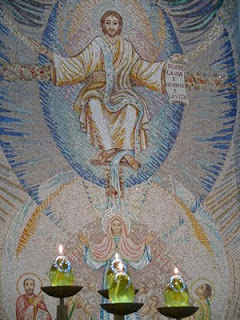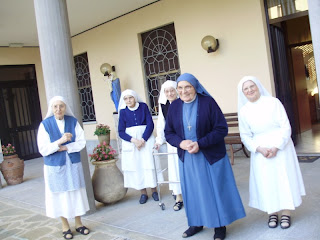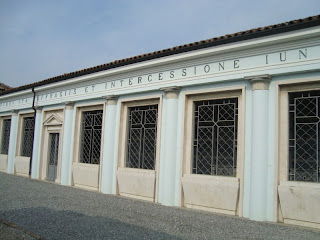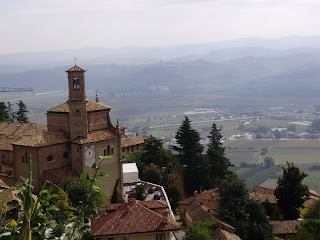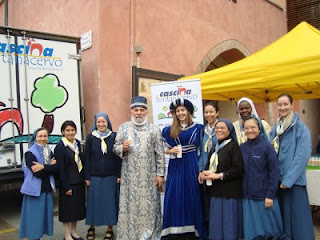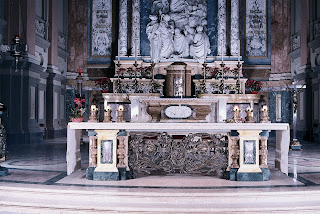Visit to Sr. Angelica Ballan's workshop

From the very beginning God has utilized and taught His people the importance of creating memorials and to place value on remembering the important matters of life through visualization. One does not even have to study scripture to see the factual importance and effectiveness of visualizing. Science itself has declared that humans are visual by nature, and that people retain more of what they see. One such person who operates from this perspecive is our sister, Sr. M. Angelica Ballan. She recounts: Sr. M. Angelica Ballan, pddm For many many years now, I carry out my apostolate at the heart of the liturgical apostolate of the Disciples of the Divine Master in the area of art and sculpture. The demand for figurative art for chapels and Churches keeps me always on my toes, and more importantly it keeps me connected to the Lord who infuses interior strength into my soul and brings out a work of art which encourages those who look at it to be moved towards prayer and a deeper connecti
